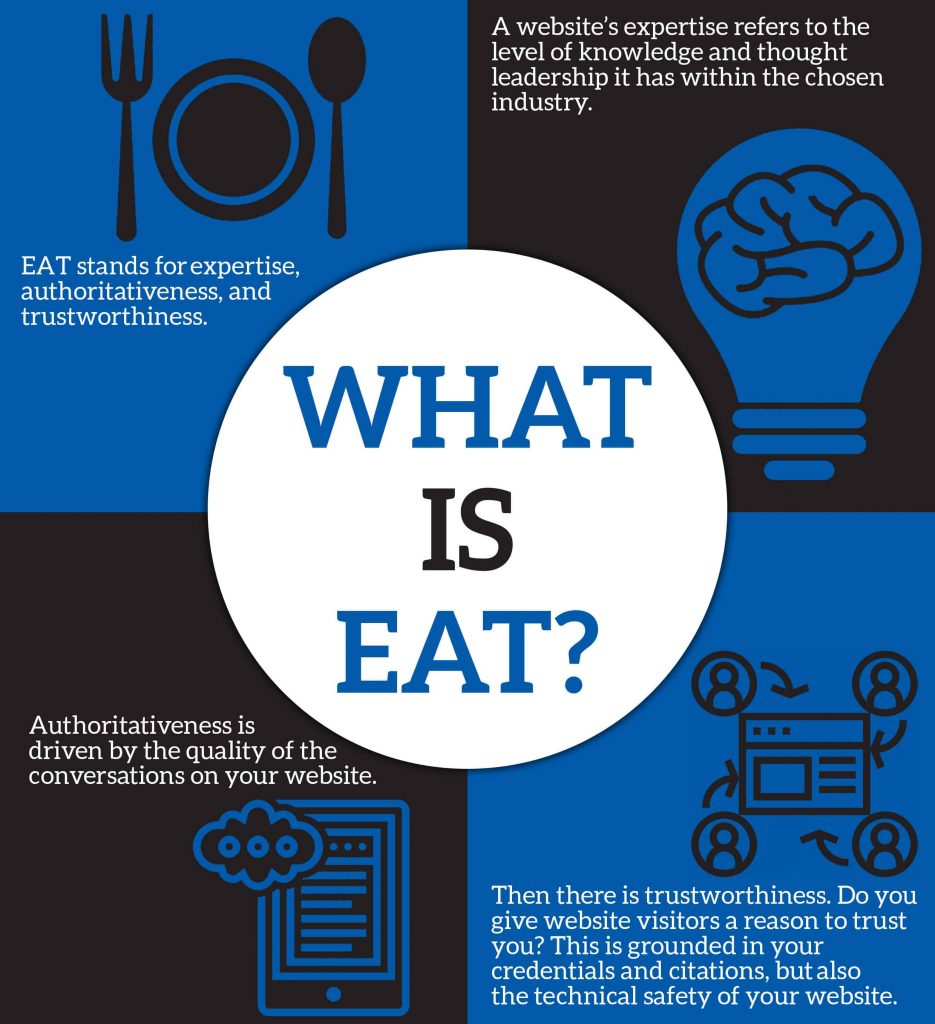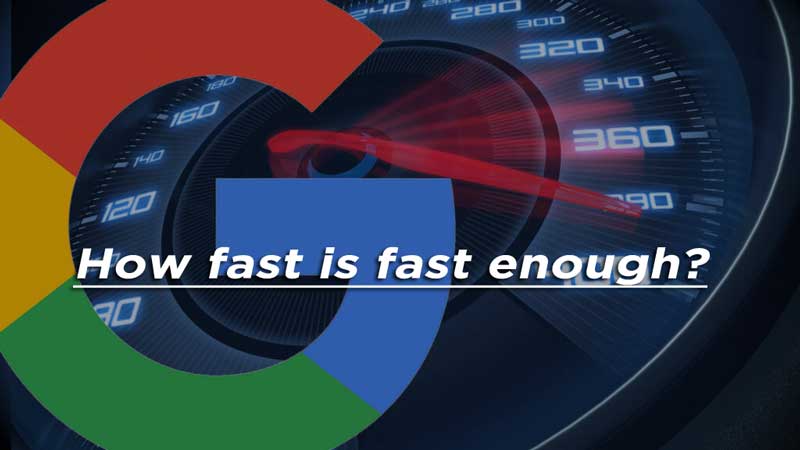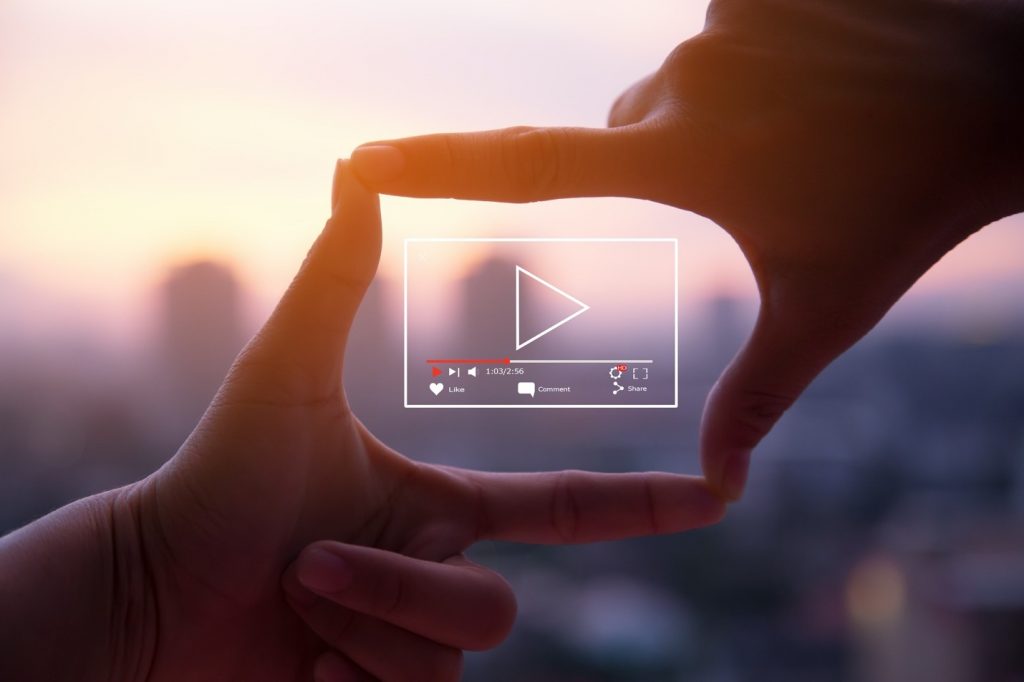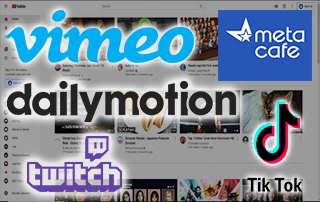The role of Digital Strategist will challenge all brand marketers in 2021 — an age of AI-driven, electronic commerce and omni-channel online engagement.
We are emerging from a period that has been transformative, marked by mass migration from physical, offline edifices to virtual, online services. The year just ended has been a testing ground for nearly every kind of user-experience innovation.
Our activities as brand champions in the early decades of the digital era have revolved primarily around user engagement —integrating customer relationship management (CRM) and content marketing systems (CMS) to create a more bespoke, user-centric customer experience.
Today, the scope of work has expanded: Producing outstanding, search-optimized visual and textual content targeted at key user segments primed for conversion. Helping to orchestrate email, social media and programmatic ad campaigns to build leads and Web traffic. Partnering with community and affinity groups that are key influencers and that own authority in our market space. From our digital dashboards we track clickstreams, test landing page strategies, chart ‘last click’ attributions, monitor sentiment analysis, run re-marketing campaigns, and enhance the user support experience. To make it scalable, machine learning is the feeder, marketing automation is the driver.
Q&A Builds the Customer Relationship
By capturing more conversational user data through Chatbot interactions, on-site surveys and Search analytics, we have been able to index the most relevant questions people have about what we do, how we do it and why. The most popular answers now appear in the “People Also Ask” sections of search engine pages or as a “Featured Snippet” at the top of the search engine results page (“SERP”). Being able to answer these questions can place your brand not in position number one for ranking on Google, but in position zero.
Position zero is the featured snippet or information “knowledge” box that Google places above all other search results. In the context of voice search marketing, this concept is hugely important because technology like Siri or Alexa will read from the content in position zero. To be discoverable, the same Q&A must appear on your Website within the semantic framework (keyword relevant and word count compliant) that the answer bot desires. More specific, longtail keywords or specialty terms are back in vogue and competing stronger than ever.
EAT, Pray, Love Your Website Content in 2021
Google has cited “Expertise, Authoritativeness and Trustworthiness,” abbreviated as EAT, as the primary criteria for being included in their Discover index that serves up content based on user profile and search history, and not on query terms.
“Our automated systems surface content in Discover from sites that have many individual pages that demonstrate expertise, authoritativeness and trustworthiness (E-A-T). Those looking to improve E-A-T can consider some of the same questions we encourage site owners to consider for Search. While Search and Discover are different, the overall principles for E-A-T as it applies to content within them are similar,” say the Googlers.
Thought leadership is still what distinguishes brand preference.
58% of decision-makers say they choose a business based on its thought leadership. 47% of C-suite executives say they will share their personal contact information with sellers after reading quality thought leadership from the brand. 61% of decision-makers say they are more willing to pay premium prices to work with a brand that articulates a clear vision through thought leadership.
Expertise, authoritativeness, and trustworthiness are things that every business should be looking to build both online and offline.
How does Google measure authority?
We know that backlinks from authoritative sites are one way Google measures authority. CTR (Clickthrough Rate) is another. We also know that content quality is a co-factor. Online reviews have impact.
Where does authoritative content originate? Ask yourself: What’s the most respected publication in your industry, and how can you get published there? Is there an expert at your company who might be willing to do a TEDx talk? What about industry meetups? What kind of connections do you have in the media that might be able to help you? Do you do any noteworthy charity or nonprofit work that has a powerful message that might be of interest to journalists?
Majestic’s “Trust Flow” and LinkResearchTools’ “LRT Trust” metrics still give the best indication of how trusted a particular page is.
Velocity and User Experience — Core Web Vitals
In 2020, the word on everyone’s lips was engagement. But engagement is the goal statement. What supports that relationship, like the legs of a table, are performance metrics that Google has termed Core Web Vitals. For 2021, Google has announced that page experience will become a new ranking signal.
Your landing page speed can make the difference between converting or losing a customer. Most mobile site visitors leave a page that takes more than 3 seconds to load. Yet most mobile sites miss that mark by an average of 19 seconds (Source).

These “Web Core Vitals” have been given names:
- Largest Contentful Paint (LCP) – quickness of the largest content piece’s loading time.
- First Input Delay (FID) – responsiveness to the user’s clicking, scrolling, and typing.
- Cumulative Layout Shift (CLS) – visual stability of the page.
Here’s what checks the box in each of these signals:
• Your pages’ LCP should be below 2.5 seconds
• FID below 100ms
• CLS score less than 0.1.
The combined signal will include things like:
• Page load performance
• Interactivity / responsiveness
• Visual stability
• Mobile-friendlines
• Safe browsing
• HTTPS security
• No intrusive interstitials
In August 2020, Google announced that it would test a “fast page” label on Chrome for Android, starting in Chrome 85 Beta.
How can you earn that label for your webpages? Google says that “links to pages that have historically met or exceeded all metrics thresholds for the Core Web Vitals” will earn the label.
The time is nigh to say goodbye to Google’s AMP or Accelerated Mobile Pages. With the new page experience ranking update, news websites won’t be required to implement AMP to show up in the Top Stories carousel.
Chatbots: Human Touch in a Touchless World
Research shows that 57 percent of businesses have already seen the value in chatbot technology, finding it delivers strong return on investment with minimal effort and much faster complaint resolution.
“We often think of chatbots as those somewhat annoying little pop-ups that serve little purpose – until we need them,” says Adobe of the America’s president, Stephen Frieder. “The truth is they serve a vital function, especially during this pandemic when people are sheltering in place. They allow organizations to offload many basic and menial tasks in order to focus on more revenue-generating activities. And they can also act as a starting point for customers to discover and possibly take advantage of other services they didn’t know about.”
People are more physically distanced these days because of COVID-19, so marketers need to find ways to drive safe and meaningful connections with them. To do that, you have to deploy a variety of technologies.
Chatbots, artificial intelligence, and machine learning to help automate that along the way. The only way to go right now, Frieder says, is down a path of creating novel touchless approaches that clearly consider consumer hygiene concerns while still driving memorable digital experiences
- Chatbots will power 85% of customer service by 2020
- Top benefits of chatbots are 24-hour service (64%), instant responses to inquiries (55%), and answers to simple questions (55%)
At the “other” Alexa, the Internet raking company by the name of Alexa.com the chatbot building process has been simplified into 4 easy steps. The company has produced a free guide How to Create a Chatbot With No Coding Experience in 4 Simple Steps
Raising Your Voice
Voice is both a channel and a user interface. Any brand that is looking to add voice to their portfolio needs to understand that they can build apps for Alexa or Google voice assistants to take advantage of the growth of those channels, but they can also leverage voice as a user interface to voice-control their owned channels, like mobile applications, websites, physical spaces, custom hardware, etc.
What are the top 3-5 essential phrases your customers use to search for your brand or type of product with voice. Are you showing up based on those voice queries?
According to recent statistics:
• 50% of all searches are made by voice in 2020.
• 41% of adults are now using voice search in their everyday routine
• 20% of mobile queries are made through voice
The YEXT company, which made its name providing directory syndication of local business data across 50+ network partners, has pivoted into the world of providing intelligent answers through a Yext Knowledge Graph.
The company has partnered with Amazon Alexa to use Yext data and respond to queries about businesses around the globe. The Yext service helps you structure and manage all the public facts about your brand you want these services to know by creating your very own Knowledge Graph. Its direct integration with Amazon Alexa as well as integrations with Google, Apple, Bing, Facebook, Yelp, and more than 150 other leading services, ensures those facts make their way into the Knowledge Graphs behind the voice-powered services of today and tomorrow.
Video: Paint by Number in 2021
85% of businesses use video as a marketing tool. What’s more, 92% of marketers who use video say that it’s an important part of their marketing strategy — the highest percentage of any year since 2015. Perhaps most strikingly, 88% of video marketers reported that video gives them a positive ROI — a 5% increase on last years figure, and a world away from the lowly 33% who felt that way in 2015. This could well be attributed to greater understanding of how to use video, as well as how to track and quantify its impact.
These numbers show the importance of incorporating video into your digital marketing strategy in 2021:
- 70% of consumers say that they have shared a brand’s video
- 72% of businesses say that video has improved their conversion rate
- 52% of consumers say that watching product videos makes them more confident in online purchase decisions
- 65% of executives visit the marketer’s website and 39% call a vendor after viewing a video
Video is by far the most popular way customers want to learn about new products:
If your site includes video, it’s 50X more likely (50 times!) to drive organic search results compared to text. Why? Because people find video content more compelling, so Google pushes pages that include videos higher in the rankings.
One of the best things about video marketing is that it makes it easy to reformat your content. Imagine that you’ve recorded a video for your YouTube channel. Instead of just publishing it on YouTube, you could also:
- Get it transcribed so you have a text version of the video
- Publish the transcription on your blog under an embedded YouTube video for better rankings
- Upload the raw video with the transcription as subtitles to Facebook (native Facebook videos get a much higher impression share and engagement than shared YouTube videos)
- Turn the transcription into a standalone blog article with a short rewrite and addition of relevant stats and images
- Rip the audio alone and use it as a podcast episode
- Use video thumbnails in your email marketing campaigns and the word “video” in subject lines to increase open rates by 19%
Here are some other video marketing trends that are gaining traction:
- Live video is particularly popular with a large number of businesses who use it for interviews, product demos and behind-the-scenes glimpses of the brand, such as life in the office, how products are made, and company events.
- 1:1 video is when businesses or marketers create personalized video messages rather than make phone calls or send emails. With the decreasing cost of film equipment and increasingly high-quality smartphone cameras, this is easier than ever.
- Video SEO. YouTube and other videos are displayed in the SERPs, so video optimization is becoming much more important – like using text overlays and closed captions, in addition to your description, title and file names.
- 360-degree video content. This trend towards a more interactive experience is on the rise – just look for the circular symbol in the top left corner to start sliding the moving image left or right as it’s playing. [24×7]





























